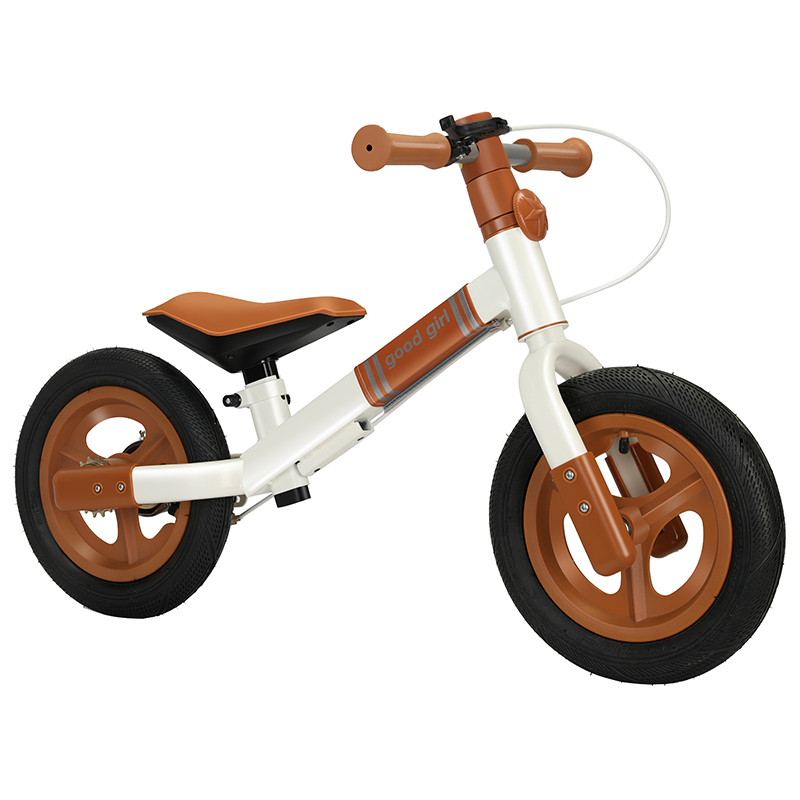2 月 . 05, 2025 04:34
Back to list
High quality OEM kids bike children bicycle/kids two wheel bike 12 14 16 cycle for boys children bike for kids
Mountain biking has gained popularity over the years, inviting enthusiasts and experts to explore diverse terrains and challenges. Understanding mountain bike categories is crucial for both beginners and seasoned riders aiming to enhance their biking experience. This comprehensive guide delves into the various mountain bike categories, each tailored for specific terrains and biking styles, ensuring that riders can select the perfect bike suited to their needs.
For more extreme terrain and adrenaline-pumped adventure, all-mountain or enduro bikes are designed to handle rough, steep, and challenging trails. Offering 150 to 170mm of suspension travel, these bikes prioritize downhill stability and control, allowing riders to tackle aggressive descents with confidence. Despite their heftier build compared to XC and trail bikes, enduro bikes are engineered to climb efficiently, making them ideal for enduro races that demand robust climbing capacity paired with downhill competence. Downhill bikes take on the most daunting downhill trails with remarkable precision. These bikes come with a significant suspension travel of 170 to 210mm to cushion hard hits and provide outstanding control on rapid descents. Their design is specifically tailored for stability and momentum management while racing down slopes, providing a more laid-back geometry that keeps the rider balanced during high-speed rides. However, the focus on descending comes at a cost; these bikes are not optimal for climbing and require external assistance to ascend trails. Fat bikes, originally eye-catching due to their oversized tires, have gradually found favor among adventure seekers who relish unusual trail conditions. The extra-wide tires provide exceptional traction and floatation on surfaces like snow, sand, and mud, where regular mountain bikes falter. Fat bikes do not focus on speed or aggressive riding styles but instead shine in environments where grip and stability trump all else. Navigating the mountain bike landscape can be overwhelming, but understanding these categories ensures informed decisions that enhance riding experiences. Whether it's competing in grueling XC races, conquering unpredictable trails, mastering downhill runs, or exploring snowy paths, there's a tailored mountain bike for every kind of rider. Selecting the right mountain bike not only enhances the biking journey but also instills confidence, allowing riders to push boundaries and redefine limits with authority and trust in their chosen equipment.


For more extreme terrain and adrenaline-pumped adventure, all-mountain or enduro bikes are designed to handle rough, steep, and challenging trails. Offering 150 to 170mm of suspension travel, these bikes prioritize downhill stability and control, allowing riders to tackle aggressive descents with confidence. Despite their heftier build compared to XC and trail bikes, enduro bikes are engineered to climb efficiently, making them ideal for enduro races that demand robust climbing capacity paired with downhill competence. Downhill bikes take on the most daunting downhill trails with remarkable precision. These bikes come with a significant suspension travel of 170 to 210mm to cushion hard hits and provide outstanding control on rapid descents. Their design is specifically tailored for stability and momentum management while racing down slopes, providing a more laid-back geometry that keeps the rider balanced during high-speed rides. However, the focus on descending comes at a cost; these bikes are not optimal for climbing and require external assistance to ascend trails. Fat bikes, originally eye-catching due to their oversized tires, have gradually found favor among adventure seekers who relish unusual trail conditions. The extra-wide tires provide exceptional traction and floatation on surfaces like snow, sand, and mud, where regular mountain bikes falter. Fat bikes do not focus on speed or aggressive riding styles but instead shine in environments where grip and stability trump all else. Navigating the mountain bike landscape can be overwhelming, but understanding these categories ensures informed decisions that enhance riding experiences. Whether it's competing in grueling XC races, conquering unpredictable trails, mastering downhill runs, or exploring snowy paths, there's a tailored mountain bike for every kind of rider. Selecting the right mountain bike not only enhances the biking journey but also instills confidence, allowing riders to push boundaries and redefine limits with authority and trust in their chosen equipment.
Prev:
Latest news
-
Unleash Your Adventurous Spirit with All Mountain BikesNewsOct.31,2024
-
The Perfect Ride for Your Little Ones: Kids TricyclesNewsOct.31,2024
-
The Joy of Riding: Quality Kids Mountain BikesNewsOct.31,2024
-
The Excitement of Kids Scooters – Choose Your Adventure!NewsOct.31,2024
-
Kids' Bikes: Find the Perfect Ride for Your Little OnesNewsOct.31,2024
-
Experience the Fun of Swing CarsNewsOct.31,2024
-
Why a Giant Bike for Kids is a Top ChoiceNewsOct.24,2024








